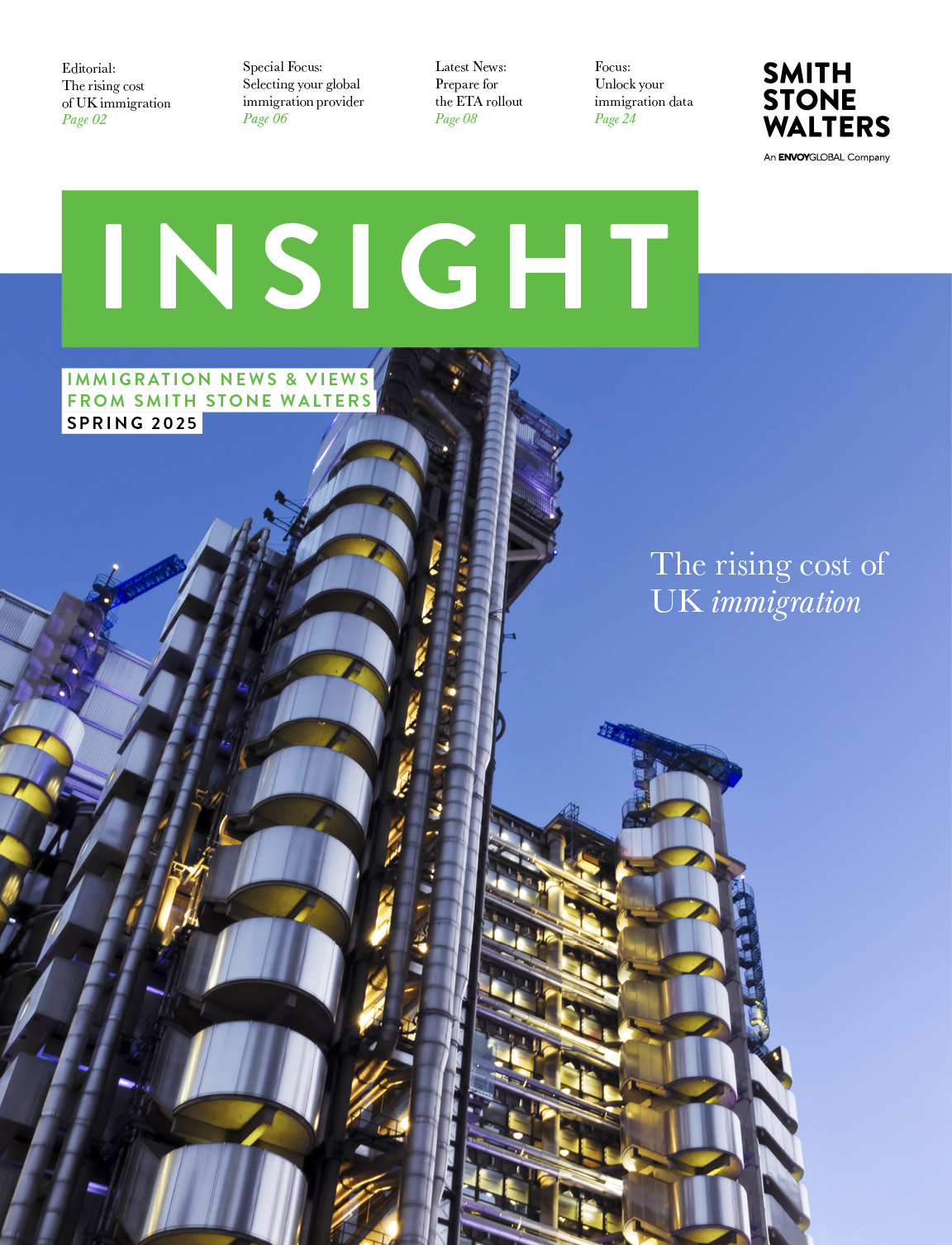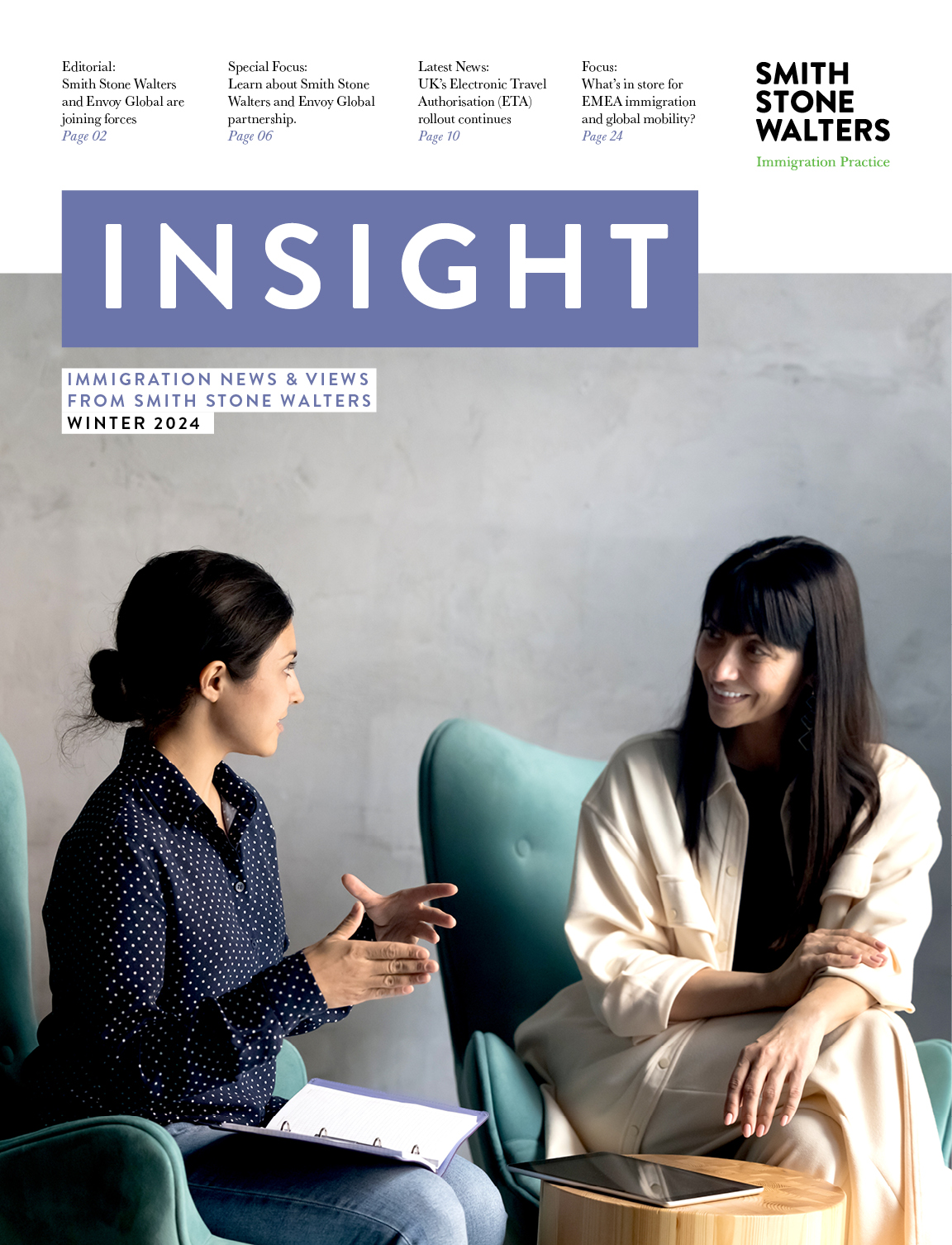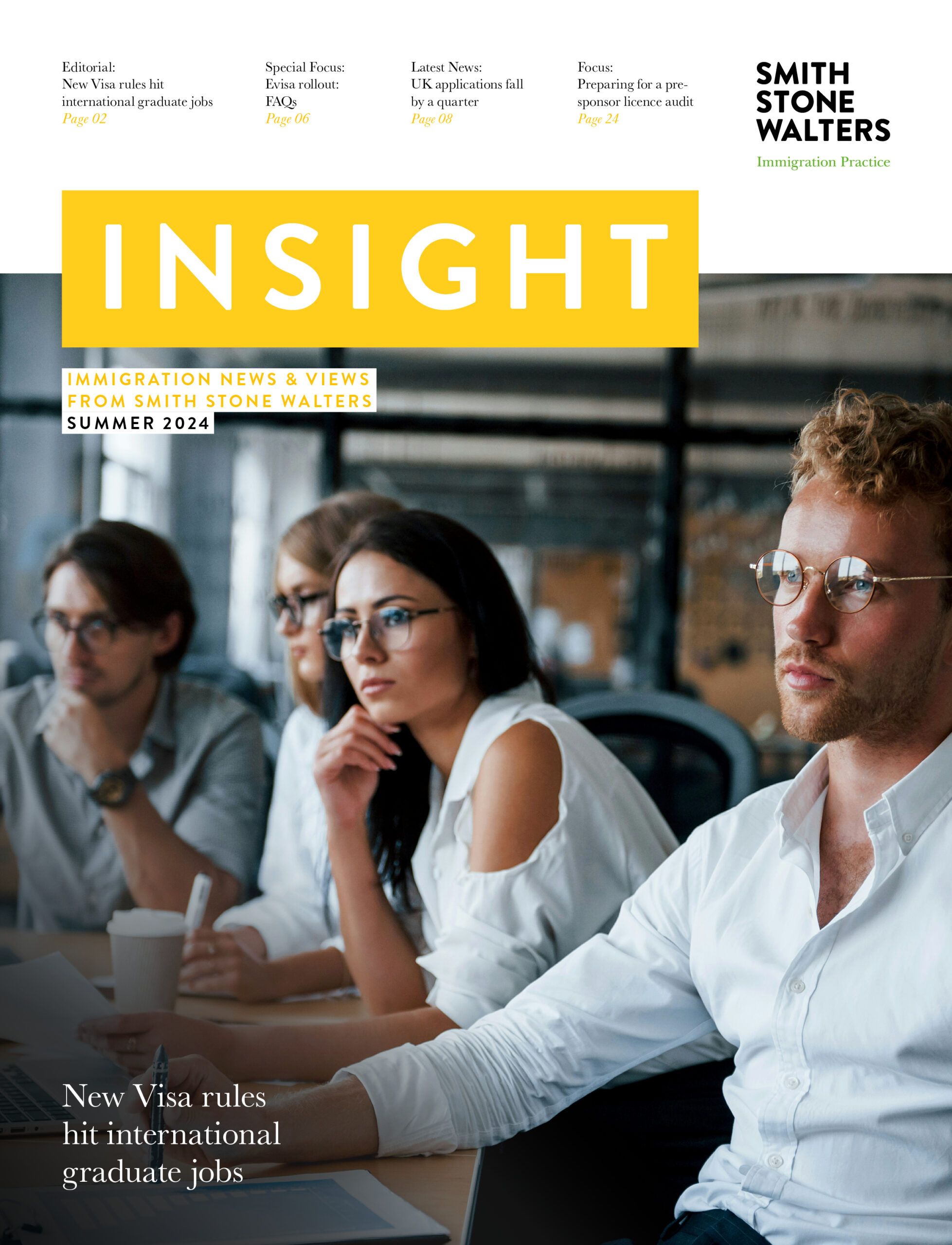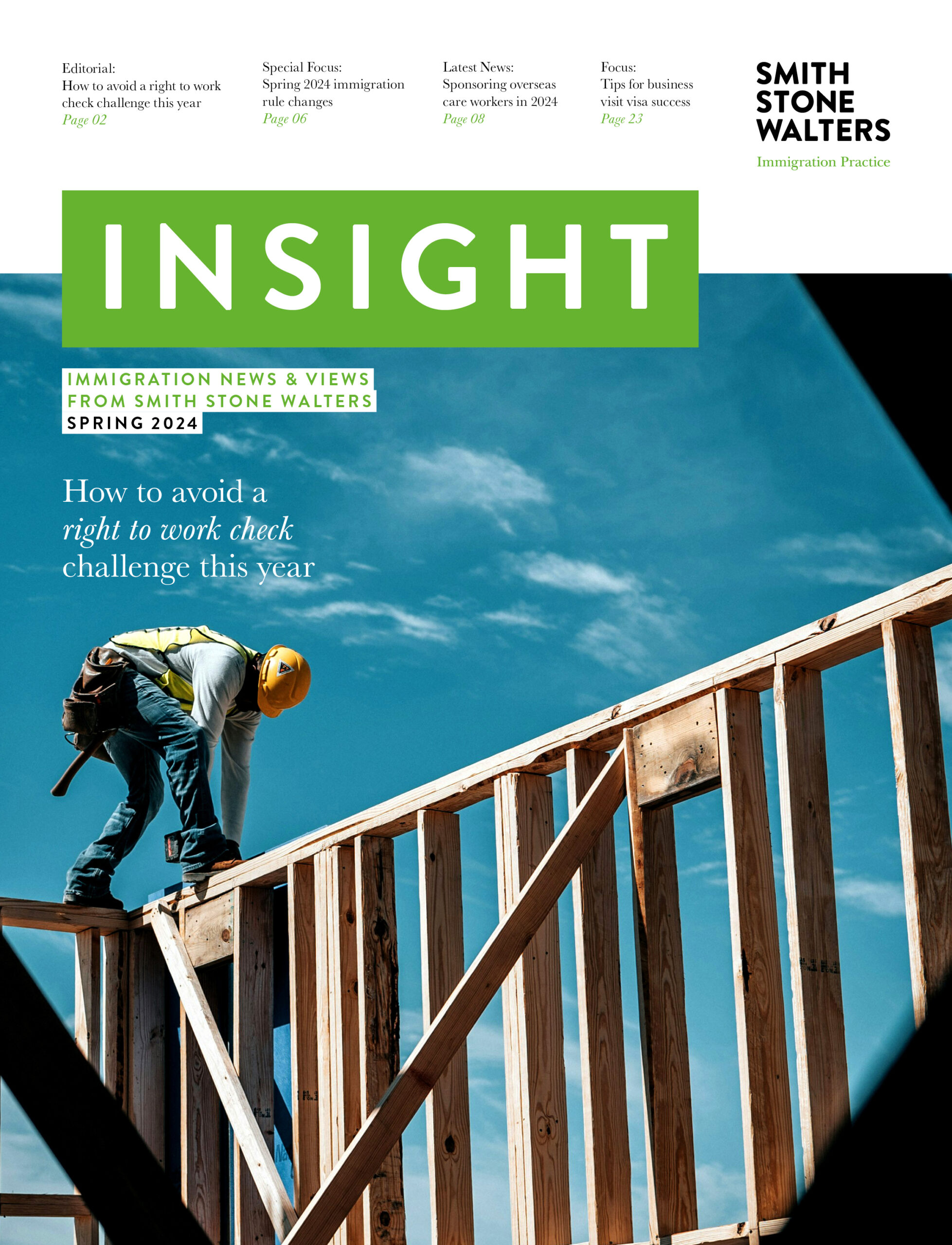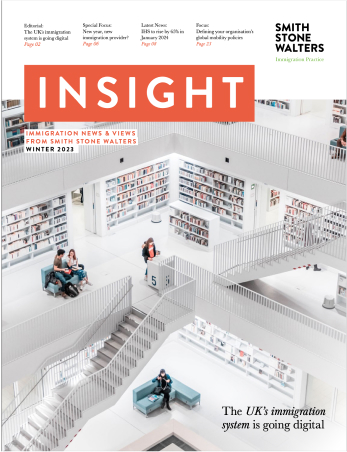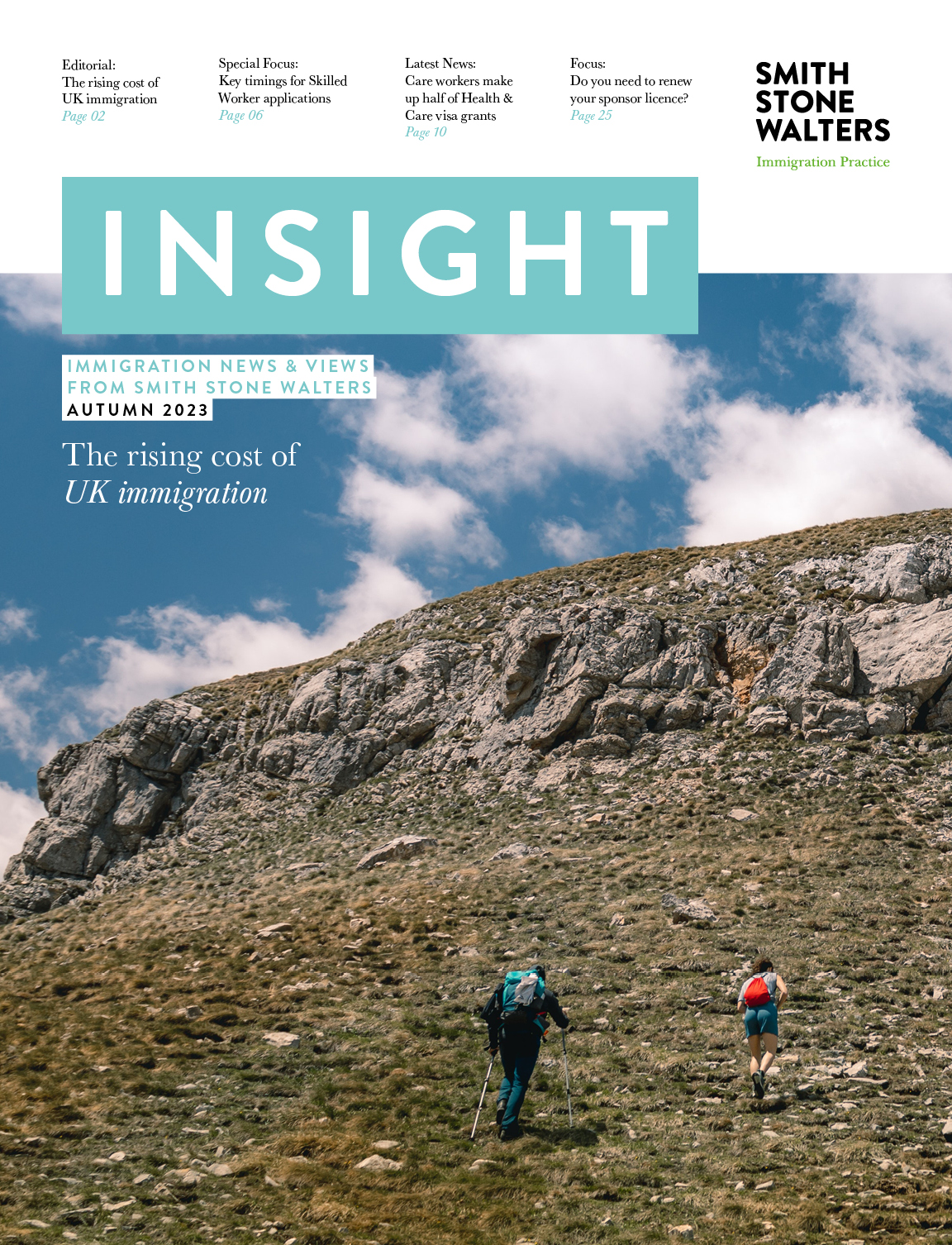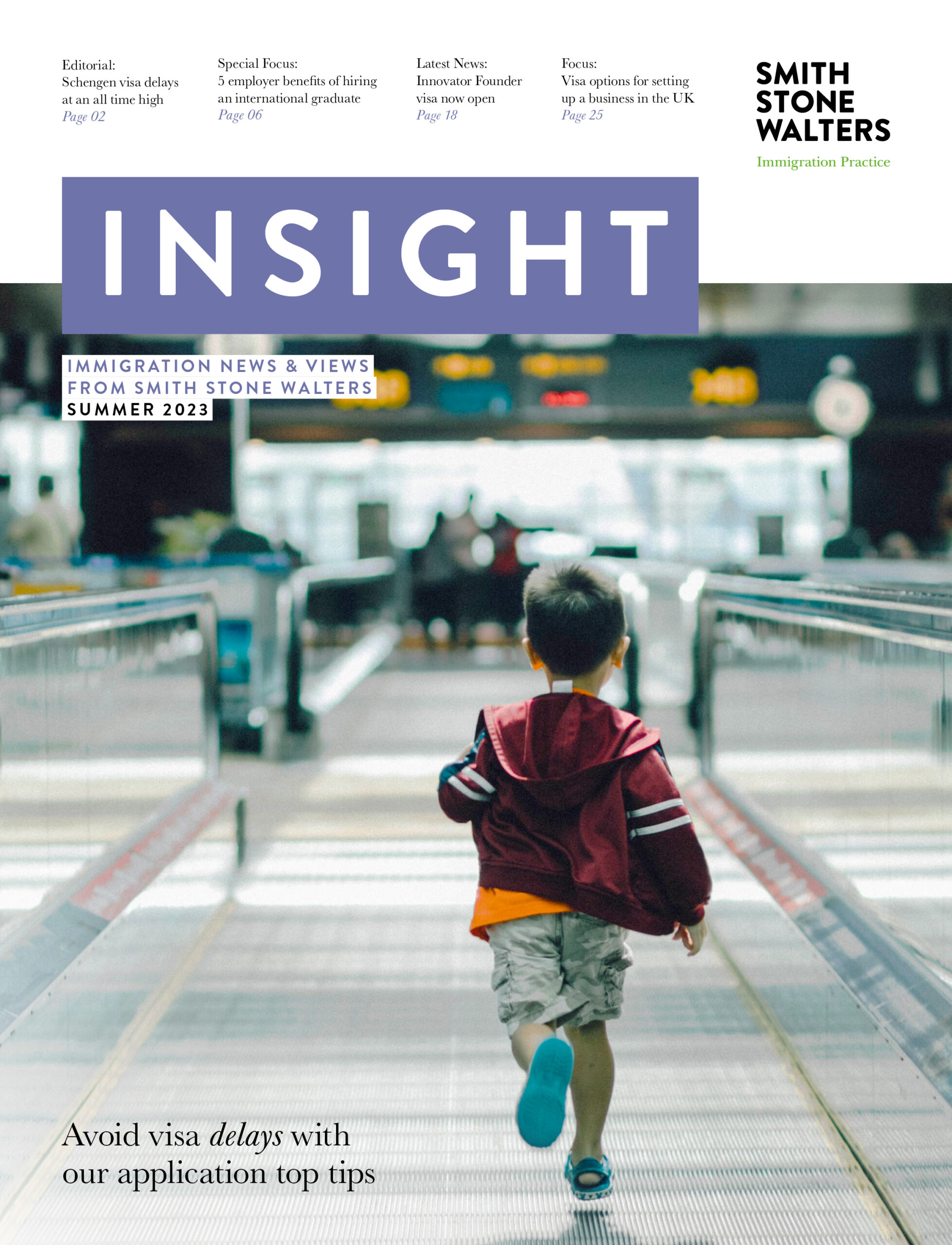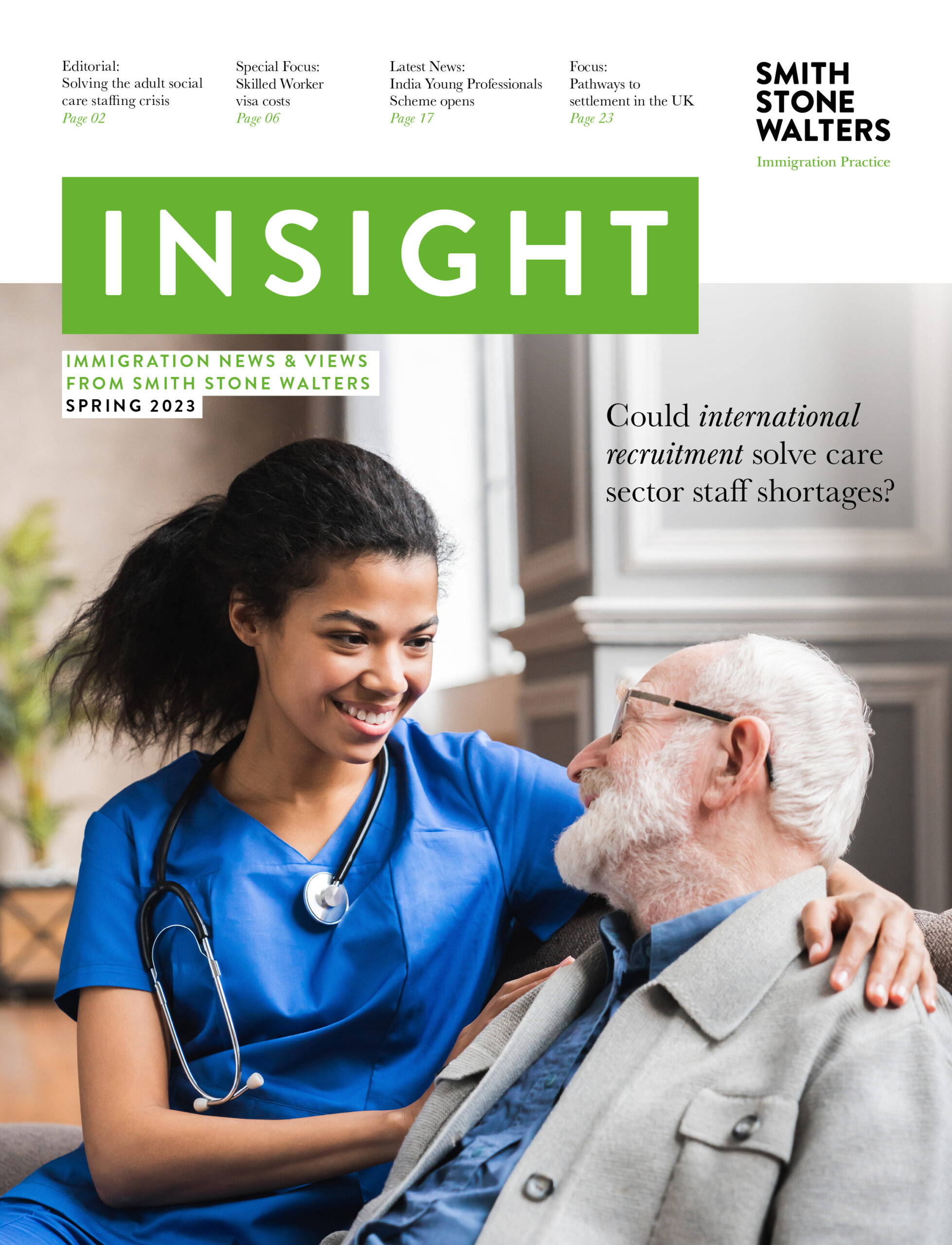5 things to expect in UK immigration in 2016
2015 has been a turbulent year for UK immigration policy, with Tier 2 skilled worker visas being oversubscribed in June for the first time since their introduction as UK businesses and public services vied for the right to employ skilled overseas workers within the tight confines of the migrant cap.
The government is still labouring towards its promise of significantly reducing net migration however, and the future is not necessarily looking bright for skilled migration to the UK.
Below, we outline some of the more notable changes which look set to take place in 2016.
1. Changes to Tier 2
Perhaps the most noteworthy of all the changes looming on the horizon is the release of the Migration Advisory Committee’s recommendations for the Tier 2 entry route. Commissioned to investigate potential changes to visa category, the MAC is expected to suggest significant alterations to this route which would make it harder for businesses to sponsor skilled workers from outside the EU. Exact details are expected early in 2016.
2. Shortage Occupations List (SOL)
Nursing and technology professionals were added to this list late in 2015, thereby making it easier for employers to fill these roles with skilled workers from outside the EU. However it is unsure as to how long they will remain a priority within the Tier 2 system. The MAC will review the inclusion of nursing professionals on the SOL in January 2016, so watch this space!
3. Tier 1 (Entrepreneur) route
The government has been advised by the MAC to make substantial changes to this visa category, including the introduction of third party endorsements and industry experts to the application process, along with altering the reporting duties of successful Tier 1 (Entrepreneur) applicants. Upcoming changes to the UK Immigration Rules in April 2016 will most likely see some of these recommendations realised.
4. ILR salary threshold
For those Tier 2 (skilled workers) seeking to apply for ILR (Indefinite Leave to Remain, also known as permanent residency), it is worth noting that a £35,000 minimum earnings threshold will apply from April 2016. Concessions to this ruling are only planned for workers in specified PhD level roles and shortage occupations. Therefore, Tier 2 (General) migrants who are paid less than £35,000 per annum and who are thinking of applying for settlement might look to do so before this requirement prevents them from doing so. Click here for more information on applying for ILR.
5. Right to Rent Checks
From 1 February 2016, residential landlords in England will be required by law to check the immigration status of all potential tenants before renting a property to them, or face fines of up to £3,000 per tenant.


